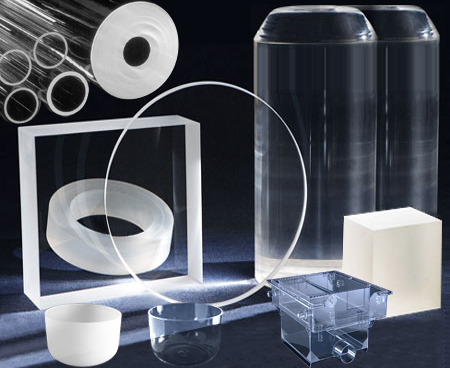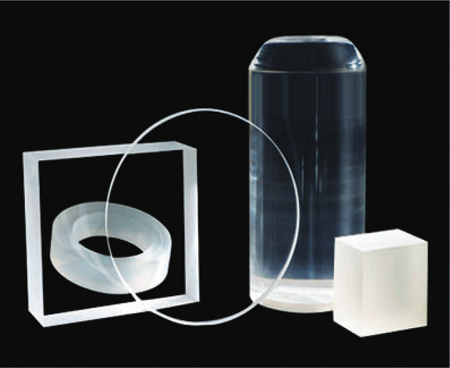-
Reactors & accessories
- Round bottom flasks with ST Round bottom flasks with KF flanges Reaction flasks Reaction flasks with bottom flange Reaction flasks with bottom valve Reactors with round bottom Reactors with round bottom and bottom flange Reactors with round bottom and bottom valve Reactors with flat bottom Reactors with flat bottom and bottom flange Reactors with flat bottom and bottom valve Reactors with flat bottom, filter plate and bottom flange Reactors with flat bottom, filter plate and bottom valve Reactors with round bottom, filter plate and bottom flange Reactors with round bottom, filter plate and bottom valve
- Double-walled reactors with round bottom inside and flat bottom outside Double-walled reactors with round bottom Double-walled reactors with round bottom and bottom flange Double-walled reactors with round bottom and bottom valve Double-walled reactors "Turbo" with round bottom and bottom valve Double-walled reaction flasks Double-walled reaction flasks with bottom flange Double-walled reaction flasks with bottom valve Double-walled reactors with flat bottom Double-walled reactors with flat bottom and bottom flange Double-walled reactors with flat bottom and bottom valve Double-walled beakers Reactors with triple wall, with vacuum jacket
- Reactor lids DN 60 Reactor lids DN 100 Reactor lids DN 120 Reactor lids DN 150 Reactor lids DN 200 Reactor lids DN 300 Reactor lids DN 400 Reactor lids DN 450
- Column heads Column heads with reflux divider Columns with flanges and interchangeable filter plates Columns with lab flanges Columns for use with packings Packings, raschig rings, support rings Silver-plated columns with solid and hollow flanges Vigreux columns and Hempel columns with ST Sieve and bell bottom columns, rectifying columns
- Bottom valves sets and spare parts
- Circulation evaporators Thin film evaporators Short path thin film evaporator Falling film evaporators
- Condensers, product coolers Product coolers with and without fraction valve
- Overhead stirrers, electrical Pneumatic stirring motors Stirrer guides Stirrer guides in PTFE-PEEK Mechanical stirring shaft seal Magnetic stirrer couplings Stirrer shafts in stainless steel Stirrer couplings Baffles, Pt 100 baffles Pt100 sensors, thermocouples, thermowells
- Lab scrubbers Reactor systems from 0.1 - 5 liters Reactor systems of 6 - 20 liters Reactor systems from 15 - 50 liters
- Racks for reactors: aluminium, stainless steel Racks for reactors made of stainless steel Accessories and parts for reactor racks Couplings made of anodised aluminum Couplings made of stainless steel Universal rack system, pipe couplings PDF
- Hose connections Tension brases, quick release clamps and O-rings Threaded tubes, stopcocks and valves Stoppers and adapters Thermostatic hoses Dropping funnels
- Download PDF Lab-Reactor
-
Special products
-
Glassblowing shop
- Our glassblowing shop
- Job offers
- Product range quartz glass Material properties quartz glass Quartz glass tubes: available dimensions Quartz glass rods: available dimensions
- Product range borosilicate glass Material properties borosilicate glass
- Sight glasses, level indicators Round sight glasses acc. to DIN 7080 Round sight glasses acc. to DIN 8902 Oblong sight glasses acc. DIN 7081 Level gauges, borosilicate glass 3.3
- Special glass
- Ar glass
- Round bottom flasks with ST Round bottom flasks with KF flanges Reaction flasks Reaction flasks with bottom flange Reaction flasks with bottom valve Reactors with round bottom Reactors with round bottom and bottom flange Reactors with round bottom and bottom valve Reactors with flat bottom Reactors with flat bottom and bottom flange Reactors with flat bottom and bottom valve Reactors with flat bottom, filter plate and bottom flange Reactors with flat bottom, filter plate and bottom valve Reactors with round bottom, filter plate and bottom flange Reactors with round bottom, filter plate and bottom valve
- Double-walled reactors with round bottom inside and flat bottom outside Double-walled reactors with round bottom Double-walled reactors with round bottom and bottom flange Double-walled reactors with round bottom and bottom valve Double-walled reactors "Turbo" with round bottom and bottom valve Double-walled reaction flasks Double-walled reaction flasks with bottom flange Double-walled reaction flasks with bottom valve Double-walled reactors with flat bottom Double-walled reactors with flat bottom and bottom flange Double-walled reactors with flat bottom and bottom valve Double-walled beakers Reactors with triple wall, with vacuum jacket
- Reactor lids DN 60 Reactor lids DN 100 Reactor lids DN 120 Reactor lids DN 150 Reactor lids DN 200 Reactor lids DN 300 Reactor lids DN 400 Reactor lids DN 450
- Column heads Column heads with reflux divider Columns with flanges and interchangeable filter plates Columns with lab flanges Columns for use with packings Packings, raschig rings, support rings Silver-plated columns with solid and hollow flanges Vigreux columns and Hempel columns with ST Sieve and bell bottom columns, rectifying columns
- Bottom valves sets and spare parts
- Circulation evaporators Thin film evaporators Short path thin film evaporator Falling film evaporators
- Condensers, product coolers Product coolers with and without fraction valve
- Overhead stirrers, electrical Pneumatic stirring motors Stirrer guides Stirrer guides in PTFE-PEEK Mechanical stirring shaft seal Magnetic stirrer couplings Stirrer shafts in stainless steel Stirrer couplings Baffles, Pt 100 baffles Pt100 sensors, thermocouples, thermowells
- Lab scrubbers Reactor systems from 0.1 - 5 liters Reactor systems of 6 - 20 liters Reactor systems from 15 - 50 liters
- Racks for reactors: aluminium, stainless steel Racks for reactors made of stainless steel Accessories and parts for reactor racks Couplings made of anodised aluminum Couplings made of stainless steel Universal rack system, pipe couplings PDF
- Hose connections Tension brases, quick release clamps and O-rings Threaded tubes, stopcocks and valves Stoppers and adapters Thermostatic hoses Dropping funnels
- Download PDF Lab-Reactor
- Our glassblowing shop
- Job offers
- Product range quartz glass Material properties quartz glass Quartz glass tubes: available dimensions Quartz glass rods: available dimensions
- Product range borosilicate glass Material properties borosilicate glass
- Sight glasses, level indicators Round sight glasses acc. to DIN 7080 Round sight glasses acc. to DIN 8902 Oblong sight glasses acc. DIN 7081 Level gauges, borosilicate glass 3.3
- Special glass
- Ar glass



